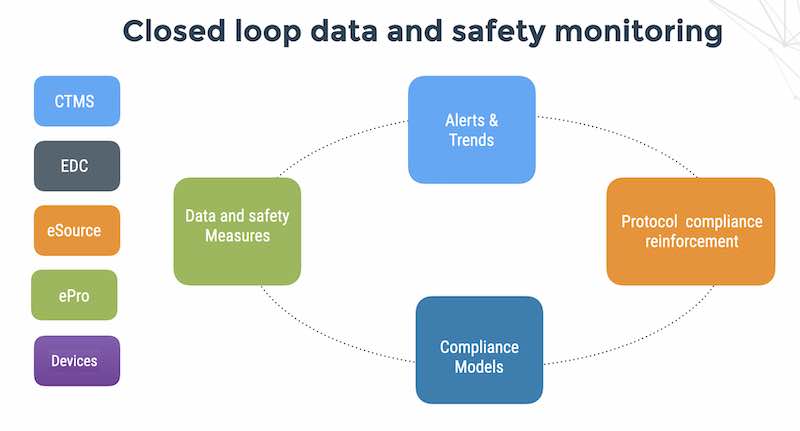At a recent seminar on information security management, I heard that FUD (fear, uncertainty and doubt) is dead, that ROI is dead and that the insurance model is dead. Information security needs to give business value. Hmm.
This sounds like a terrific idea, but the lecturer was unable to provide a concrete example similar to purchasing justifications that companies use like: “Yes, we will buy this machine because it makes twice as many diamond rings per hour and we’ll be able corner the Valentine’s Day market in North America.”
The seminar left me with a feeling of frustration of a reality far removed from management theory. Intel co-founder Andy Grove said, “A little fear in an organization is a good thing.” So FUD apparently isn’t dead.
This post will help guide readers from a current state of reaction and acquisition to a target state of business value and justification for information security, providing both food for thought and practical ideas for implementation.
Most companies don’t run their data security operation like a business unit with a tightly focused strategy on customers, market and competitors. Most security professionals and software developers don’t have quotas and compensation for making their numbers.
Information security works on a cycle of threat, reaction and acquisition. It needs to operate continuously and proactively within a well-defined, standards-based threat model that can be benchmarked against the best players in your industry, just like companies benchmark earnings per share.
In his classic Harvard Business Review article, What Is Strategy?, Michael Porter writes how “the essence of strategy is what not to choose … a strong completive position requires clear tradeoffs and choices and a system of interlocking business activities that fit well and sustain the business.” The security of your business information also requires a strategy.
Improvement requires a well-defined strategy and performance measures, and improvement is what our customers want. With measurable improvement, we’ll be able to prove the business value of spending on security.
Ask yourself these questions:
- Is your information asset protection spending driven by regulation?
- Are Gartner white papers your main input for purchasing decisions?
- Does the information security group work without security win/loss scores?
- Does your chief security officer meet three to five vendors each day?
- Is your purchasing cycle for a new product longer than six months?
- Is your team short on head count, and not implementing new technologies?
- Has the chief technology officer never personally sold or installed any of the company’s products?
If you answered yes to four of the seven questions, then you definitely need a business strategy with operational metrics for your information security operation.
Now let’s look at three steps for developing a business justification for spending on information security.
1. Choose a business unit strategy
- Take a break from the daily firefighting and choose a competitive strategy for infosec operations. Is it low-cost? Is it single-vendor? Is it Linux desktops?
- Start by implementing a consistent set of activities, for example, standardizing on diskless thin clients, remote desktops and Windows Terminal services.
- Then think how activities can reinforce each other, such as installing personal firewall software that reports on intrusion attempts to a central server so that you can plan your response to future attacks.
- The most productive strategy identifies sets of activities that optimize your efforts. Perhaps you have a flat spaghetti network of servers and workstations. Segment the network into virtual LANs, put the application servers on one segment, the data servers on another and client workstations on departmental segments and so forth. Performance and security will improve, and you’ll be able to monitor content effectively. You’ll spend less time firefighting and more time thinking how to optimize the operation.
2. Add business value and measure your results
There are widely practiced models and metrics that work for all kinds of business units. For instance, if you want to evaluate cash flow, then measure cash flow from operations or free cash flow (FCF), which is cash from operations minus capital expenditures. FCF omits the cost of debt, but it is an objective indicator that can be measured every day.
- Set up indicators and publish them once a week on the company intranet for everyone to see. Start with three indicators: the number of network anomalies your intrusion-detection system found that week, the current patch cycle time and how much overtime the team worked.
- Do continuous security audits. Purchase a tool for network auditing and run it once a week on a different part of the network. The guys over in the warehouse stopped doing full physical counts once a year 15 years ago. They count a little bit of inventory every day with bar-code terminals. Have a consultant help you set it up and run audit yourself.
- Run security awareness programs. Make training hours an indicator.
- Build a threat model and maintain a database of assets, threats and vulnerabilities. Start today. Check out the SANS Institute for tools.
3. Drive the message home
Send out your CTO to install your company’s products himself, follow customers back to their offices, observe howthey do the install and take notes. Update the threat model with the CTO’s findings. He’ll sign your next purchase request for software security tools in a flash. Trust me.






